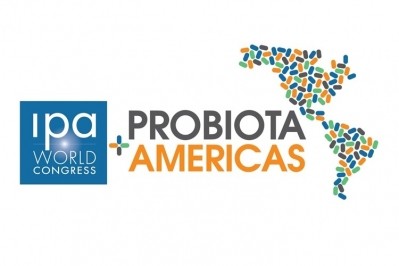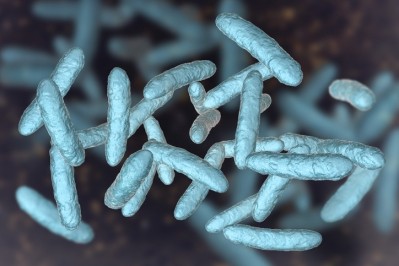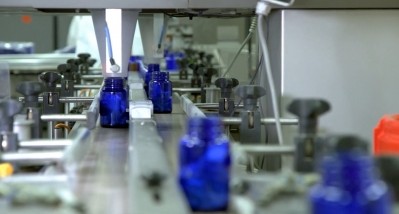IPA chief on new manufacturing guidelines, progress in Brazil, and China
This content item was originally published on www.nutraingredients-latam.com, a William Reed online publication.
As the probiotics category continues to grow, more companies are entering the space, and the IPA’s manufacturing committee has been working on guidelines to ensure quality standards remain high.
Speaking with us at the recent IPA World Congress + Probiota Americas event in Vancouver, George Paraskevakos, IPA’s executive director, explained that the guidelines are a tool, and are not meant to replace GMPs or regulations that exist right now. The guidelines are intended to push manufacturers towards optimal practice.
“They’re a tool that would support the special requirements of what it takes to handle probiotics, from the material that when you receive it in powder form and finalize it into a finished product,” he said. “Probiotics are a unique category and they have very specific needs when you’re producing them.
“The guidelines are concise, and a lot of our member companies – and their manufacturing people with a lot of expertise – put a lot of work and effort into the guidelines,” he added.
The guidelines are currently only available to member companies, said Paraskevakos, and IPA is hoping to have meetings with regulatory agencies to apprise them of the document, much as they did with the labeling guidelines that were released in 2017.
Brazil
Paraskevakos has also clocked up some air miles flying to meet with ANVISA, Brazil’s health agency, which has been busy implementing new regulations for dietary supplements, and publishing guidance on necessary requirements when applying to use probiotics in food and make associated health claims.
The probiotic guidelines were the result of over three and half years of effort, he said. “We were back and forth with ANVISA, going to Brasilia and meeting with them, taking part in public stakeholder meetings, and sending comments. There was a lot of work behind that.
“It’s nice to see regulators understand that the expertise around probiotics resides within the association, and they’re open to having discussions.”
China
Paraskevakos also discussed the rise of China as a probiotic market. “Growth in the APAC region is $18-20 billion in probiotic sales, combining yogurt and supplements, with China representing 47% of that,” he said. “2018 closed out with APAC hitting $22 billion and China being 54% of that.
“In China, we’ve seen exponential growth over the past few years. Probiotics seem to be on everyone’s mind.”
There is also the potential for IPA to collaborate with Chinese authorities on an economic modeling paper on how probiotic consumption can help reduce healthcare costs, he said. This may also include consideration of how probiotics could reduce the duration of upper respiratory tract infections and reduce the amount of time that people miss work or children miss school because of these infections.
















